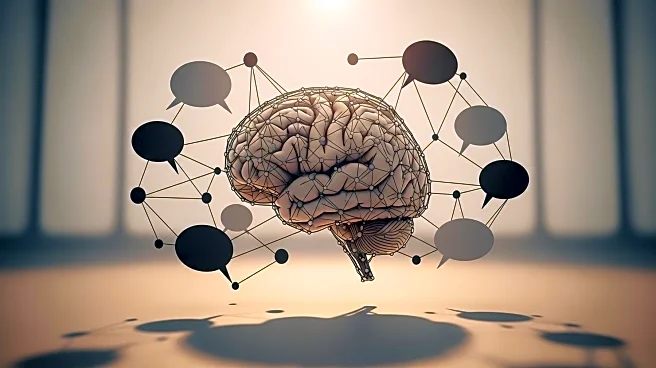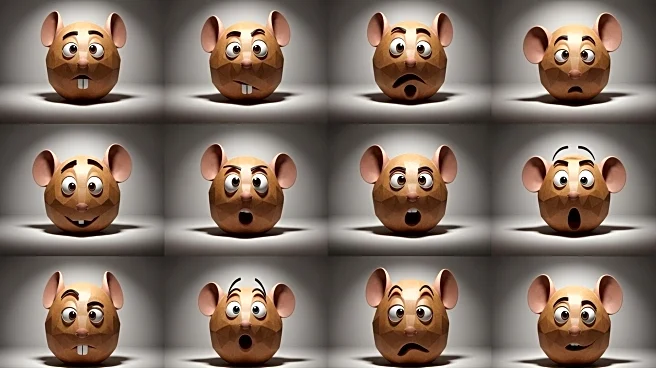What's Happening?
Neuroscientist Ben Rein discusses the concept of 'interbrain synchrony,' where brain activity between individuals can synchronize during interactions. This phenomenon suggests that when people engage in shared experiences or tasks, their brain patterns align, potentially enhancing communication and teamwork. Rein also touches on 'homophily,' the idea that individuals with similar brain structures may naturally connect better, leading to smoother conversations and relationships.
Why It's Important?
Understanding interbrain synchrony and homophily can have significant implications for social psychology and neuroscience. It offers insights into how people form connections and communicate effectively, which could influence approaches in education, therapy, and team dynamics. Recognizing the neurological basis for social interactions may help individuals improve their communication skills and foster better relationships, both personally and professionally.
Beyond the Headlines
The exploration of brain synchrony raises questions about the nature of human connection and the potential for enhancing social interactions through targeted activities. It also suggests that perceived social compatibility may have a biological underpinning, which could lead to new methods for improving interpersonal relationships and reducing social anxiety.










